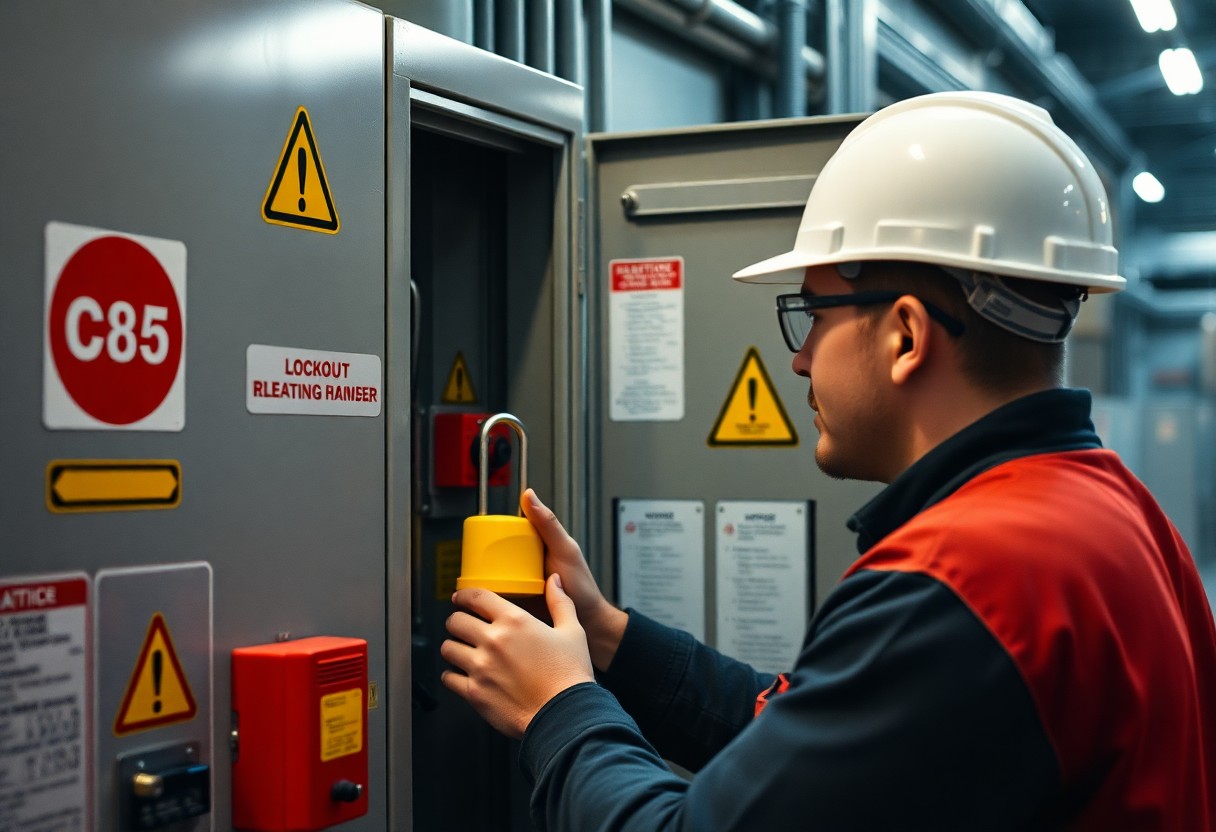It’s imperative that you understand the importance of electrical lockout procedures before beginning any work on electrical systems. Working with electricity can be inherently dangerous, and taking the proper steps to de-energize equipment is imperative for ensuring your safety and the safety of those around you.
The term lockout/tagout (LOTO) refers to the safety practices that involve isolating and securing hazardous energy sources before performing maintenance or repair work. As far as electrical systems, this procedure is vital to prevent unintentional energization, which can lead to severe injuries or even fatalities. Understanding how to properly lockout electrical systems will empower you to make informed decisions about your work environment.
Before starting any tasks on an electrical circuit, the first step is to identify the equipment or system you will be working on. Ensure you possess a clear understanding of how the system operates, including where the main power supply is located. This knowledge will aid you in executing a successful lockout operation.
Once you have located the power source, you need to de-energize the electrical equipment by switching off the power at the circuit breaker. This step effectively stops the flow of electricity, reducing the risk of accidents while you work. After shutting off the power, you must take the next critical measure: locking out the circuit breaker or disconnect switch.
Using a lock, you should secure the circuit breaker or switch in the OFF position. Ensure that you apply a strong padlock that cannot be easily removed by unauthorized personnel. It is also good practice to place a tag, known as a lockout tag, on the locked device, indicating that the equipment is out of service. This precaution not only signals others that the electrical system is locked out, but it also provides you with a visual reminder that you are working on it.
Before you start any actual work, it’s imperative to check that the system is genuinely de-energized. You can do this by using appropriate testing equipment. For example, a voltage tester can provide a reliable way to verify that no electrical energy is present. Ensure that you test all phases of the circuit, and if you find any voltage present, reassess your lockout procedure.
Always maintain an organized work area and keep tools away from live circuits. If you need to access the circuit while it is de-energized but still under maintenance, ensure that everyone on your team is aware that you are working on that system. Communication is vital; inform your coworkers about your intentions to protect yourself and others from accidental energization.
In brief, effective electrical lockout methods arm you with the knowledge and confidence to work safely with electrical systems. By incorporating de-energization procedures into your routine, you take a significant step towards reducing the risk of injury and creating a safer work environment for you and your coworkers. Safety in the workplace should always be your top priority.

Leave a Reply